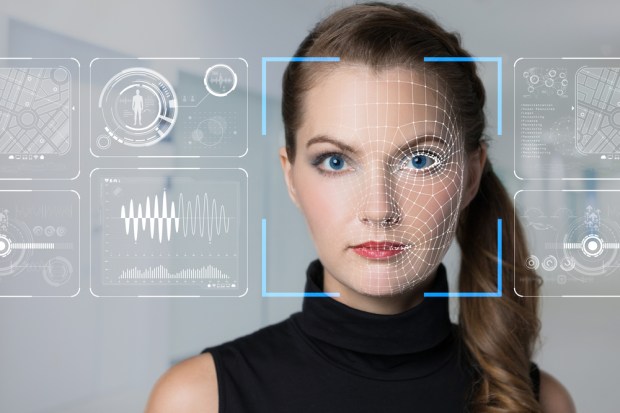Turning To Biometrics To “Change The Face Of Air Travel”

U.S. airports see 124M international travelers annually, who suffer long lines while waiting to pass through customs. U.S. Customs and Border Protection believes biometrics could help. In the latest Digital Identity Tracker, Colleen Manaher, executive director for the agency, told PYMNTS why facial recognition is set to “change the face” of cross-border air travel.
United States airports are busier than ever: More than 124 million travelers entered the U.S. via airports in 2017 — a nearly 5 percent increase over the previous year, and a 21.6 percent increase over the past five years. Managing an influx of international travelers can be a challenge — not just for airlines and airports, but also for the U.S. Customs and Border Patrol (CBP), which reports a 4 percent increase in the amount of non-U.S. citizens entering the country over the past year.
With so many additional travelers coming in, the CBP has adopted biometric technology to evaluate potential risks and securely process travelers as they enter the country. The agency is using facial recognition technology at 13 U.S. airports, along with four international airports under its biometric entry and exit programs.
Facial recognition provides a faster and more seamless experience for travelers, while also offering increased security and transparency to the CBP and its airport workers at home and abroad, according to Colleen Manaher, executive director and head of the biometric entry and exit programs.
“This is something the government has worked on for a long time,” she said. “We want to change the face of air travel.”
Clearing More Travelers, Faster
The CBP invested in facial recognition technology because it offered a more convenient and familiar experience for travelers. The image collection process, as well, is fairly simple for agents at border crossings.
“We looked at [facial recognition], iris [recognition]; we looked at fingerprints,” Manaher said. “With iris, [travelers] were hesitant … they didn’t know what it was. But, thanks to Facebook and Instagram, if you put a camera there and say smile, people are smiling. I think the age we’re in, everyone knows how to take a picture.”
With the biometric exit program in place, passengers leaving the country stand in front of a small camera and have a photo of their face taken. The photos are then compared to their passport photos, confirming the passengers’ identities and allowing them to board.
The biometric entry program offers a similar experience. Once travelers exit their flight, they’re greeted with rows of kiosks featuring cameras and touchscreens. From there, they have their photos taken, which are, again, compared to their passport photos. Additionally, they must answer questions about their trip. They are then given a small receipt displaying their photo and a barcode, which is used to process their entry or re-entry to the U.S.
Both of these processes allow the agency to vet more travelers in less time than traditional processes.
Boosting Speed Without Sacrificing Security
Though travelers are happy to spend less time in line, most wouldn’t trade speed for weakened security, which means the biometric systems needed to meet high security standards before use. Securing airports also means protecting the information used to vet travelers and ensuring that sensitive data doesn’t end up in the wrong hands. As such, biometric data can only be accessed by the CBP, and not by other agencies or corporate partners. The agency also allows travelers to opt-out by asking CBP agents for an alternative method to validate documents.
“We’re using a cloud-based system,” Manaher said. “So any of the data that is transferred through the cloud is tokenized and turned into bits and data. Really, no personally identifiable information (PII) is ever exchanged.”
Going forward, Manaher expects the CBP to increase the use of facial recognition at airports and other border crossings, along with other biometric indicators and emerging technologies, if they can provide an even speedier, safer or more seamless process.
After all, with more international travelers passing through U.S. airports each year, a speedier and more secure experience might just be the ticket to safer borders and smoother travel.
To download this month’s Digital Identity Tracker™, please fill out the form below.
About the Tracker
The Digital Identity Tracker™, produced in collaboration with Jumio, is a forum for framing and addressing key issues and trends facing the entities charged with efficiently and securely identifying and granting permission to individuals to access, purchase, transact or otherwise confirm their identities.